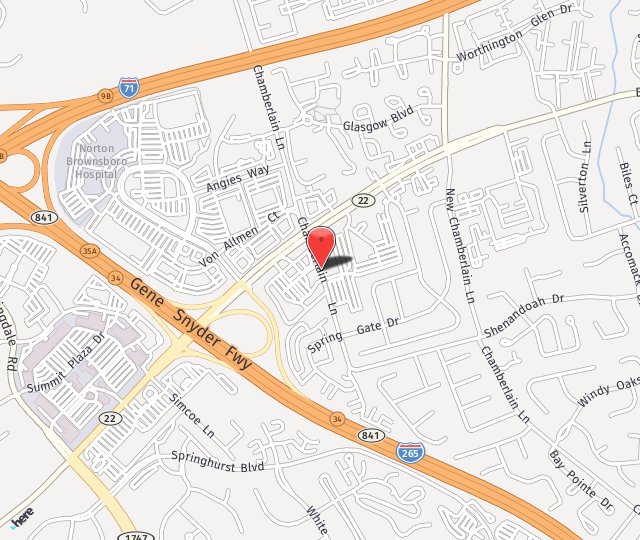
What is a Chemical Peel?
Chemical peels are customized treatments that are performed to accelerate cellular turnover in one or more layers of the skin. Most of us, whether we wash and exfoliate or not, have a film of dead and damaged cells on the epidermis. This is not a sign of poor care; it’s just that cellular debris clings to the epidermis. This can result in dull and rough skin. The cellular damage that occurs in deeper layers of skin tissue eventually shows up, as well, in the form of dark spots and fine lines and wrinkles. A peel can immediately restore vibrancy and softness. Over time, or depending on the strength of a peel, this treatment can decrease the appearance of fine lines, spots, and other concerns.
Chemical peels may be light, medium, or deep.
A light chemical peel may be great for a young adult who is interested in postponing premature aging or who knows they’ve sustained some degree of sun damage that hasn’t yet shown up on the epidermis. This treatment is brief, comfortable, and requires no downtime. A light peel is usually formulated with lactic acid or some type of fruit acid. It does not cause lingering redness or even noticeable peeling. However, it does slough off a light layer of cellular debris while also stimulating a bit more collagen production.
A medium chemical peel may be made with lactic acid, salicylic acid, and other ingredients. The concentrated solution of proprietary ingredients in a medium peel affects the outermost layer of the skin as well as tissue just beneath the surface. This treatment may cause slight tingling or stinging but is done within a few minutes. Afterward, the skin may be red for several hours up to a day or two. A few days after a medium peel, the skin may become dry and flaky. Specific skincare tactics may be needed to assist in optimal recovery over a 5 to 7-day period. The medium peel can lighten dark spots and reduce the appearance of scarring and fine lines. Collagen production increases to promote firmness.
A deep chemical peel may contain trichloroacetic acid (TCA) and may sting during the procedure. This is not painful but can be slightly uncomfortable. After a deep peel, the skin may be red for a few days. Blisters may form before the skin dries and peels. Specific skin care is necessary to ensure an optimal outcome from a deep chemical peel. Patients must avoid sun exposure for weeks and must use a broad-spectrum sunscreen to prevent unwanted side effects like discoloration. Deep chemical peels are great for more significant signs of aging and for people who prefer not to have to repeat treatment very often.
Aging skin can be well-managed. For assistance, call 502-425-5200.

